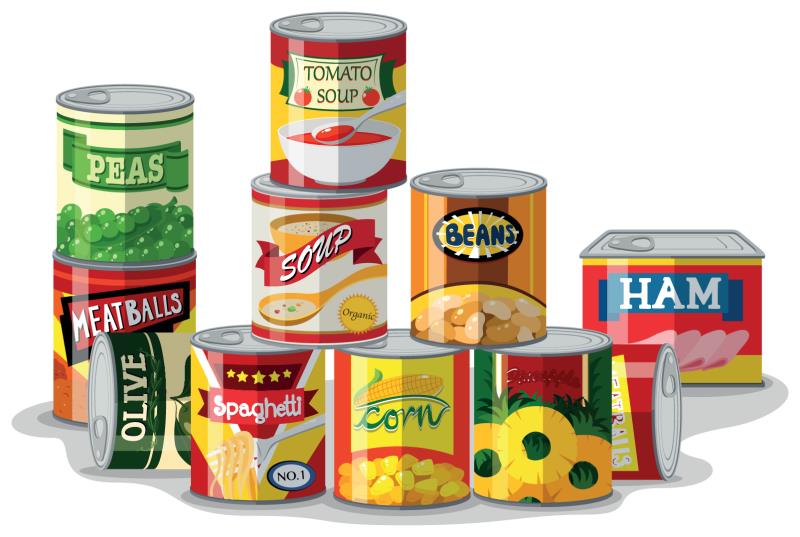
The consumption of ultraprocessed foods may be associated with an increased risk of developing type 2 diabetes (T2D), according to a population-based study from France.
Participants in this prospective, observational study were 104,707 adults (mean age 42.7 years, 79.2 percent female) enrolled in the French NutriNet-Santé cohort. Questionnaires were used to glean lifestyle and demographic information. Twenty-four-hour dietary records were completed at baseline (averaged over the first 2 years of follow-up) and every 6 months to assess participants’ consumption of >3,500 different food items, with each participant contributing an average 5.7 records each. A total of 821 incident cases of T2D were diagnosed over the median 6-year follow-up period.
After adjusting for known risk factors including medical history, and sociodemographic, anthropometric, lifestyle, and nutritional factors, consumption of ultraprocessed foods was associated with an elevated risk of T2D (hazard ratio [HR] 1.15, 95 percent confidence interval [CI], 1.06–1.25; p=0.001 for a 10-point increment in percentage of ultraprocessed food in the diet). [JAMA Intern Med 2019;doi:10.1001/jamainternmed.2019.5942]
This association persisted despite further adjustment for baseline dyslipidaemia or hypertension and their treatments (HR, 1.13, 95 percent CI, 1.03–1.23; p=0.006) or weight change during follow-up (HR, 1.13, 95 percent CI, 1.01–1.27; p=0.04). Additionally, the association persisted after adjusting for absolute minimally processed or unprocessed food intake, with T2D risk elevated with absolute amount of consumption of ultraprocessed foods (HR, 1.05 per 100 g/day increase, 95 percent CI, 1.02–1.08; p=0.003).
In contrast, consumption of unprocessed or minimally processed food was tied to a reduced risk of T2D (HR, 0.91 for a 10-point increment in intake, 95 percent CI, 0.84–0.98; p=0.01).
Individuals with a high consumption of ultraprocessed foods tended to have poorer diets in terms of nutritional quality (as per higher FSAmNPS DI* scores), higher consumption of sodium, sugar, energy, sugary drinks, and red or processed meat, and lower consumption of fibre, alcohol, whole grains, fruit and vegetables, and nuts.
According to the researchers, the poorer nutritional quality of ultraprocessed foods as well as their commonly higher glycaemic index may have had a role to play in the association with T2D risk.
Although a previous study showed a higher energy intake, correlated with weight gain, with an ultraprocessed vs an unprocessed diet, [Cell Metab 2019;30:67-77.e3] this finding may not have applied to the present study where the association was consistent even after adjusting for weight change.
“[O]ur analyses [also] showed that the ultraprocessed foods-T2D risk association was not entirely explained by the simultaneous lower consumption of unprocessed/minimally processed foods … and remained significant … after further adjustment for a wide range of dietary factors,” they noted.
Other potential contributors to the association may be contamination from contact materials from food packaging or from processing such as high-temperature heating, or certain food additives, they said.
“Ultraprocessed food intake is a modifiable factor that may play a role in T2D aetiology. These results … need to be confirmed in large prospective cohorts in other settings, and underlying mechanisms need to be explored in ad hoc epidemiological and experimental studies,” said the researchers, noting that health authorities in several countries have begun advocating for a reduction in consumption of these foods.